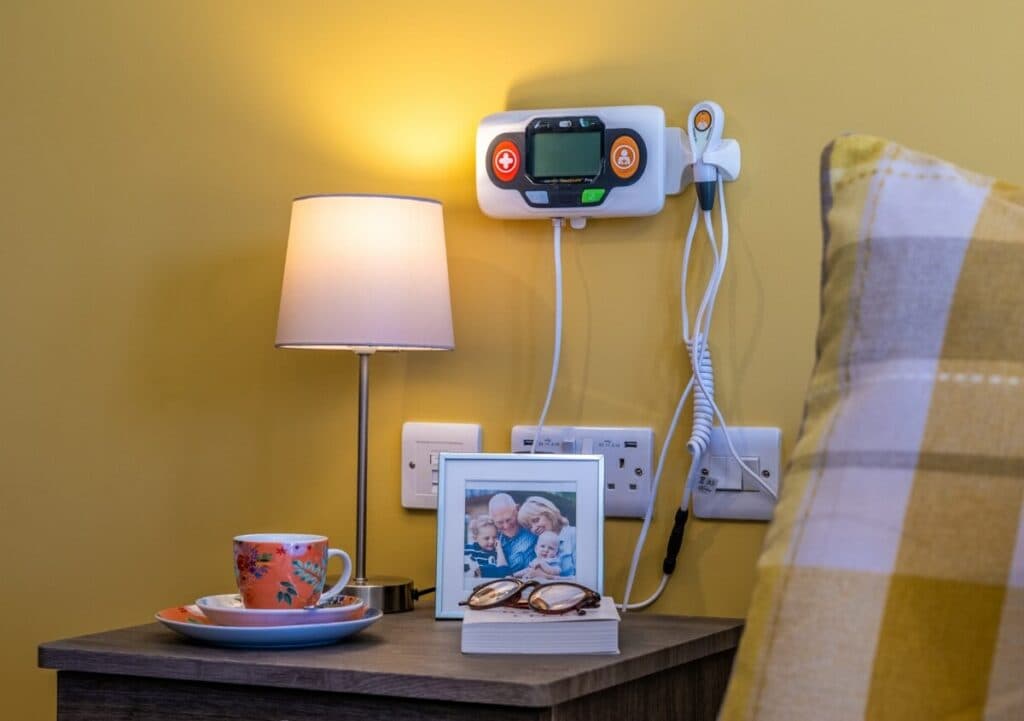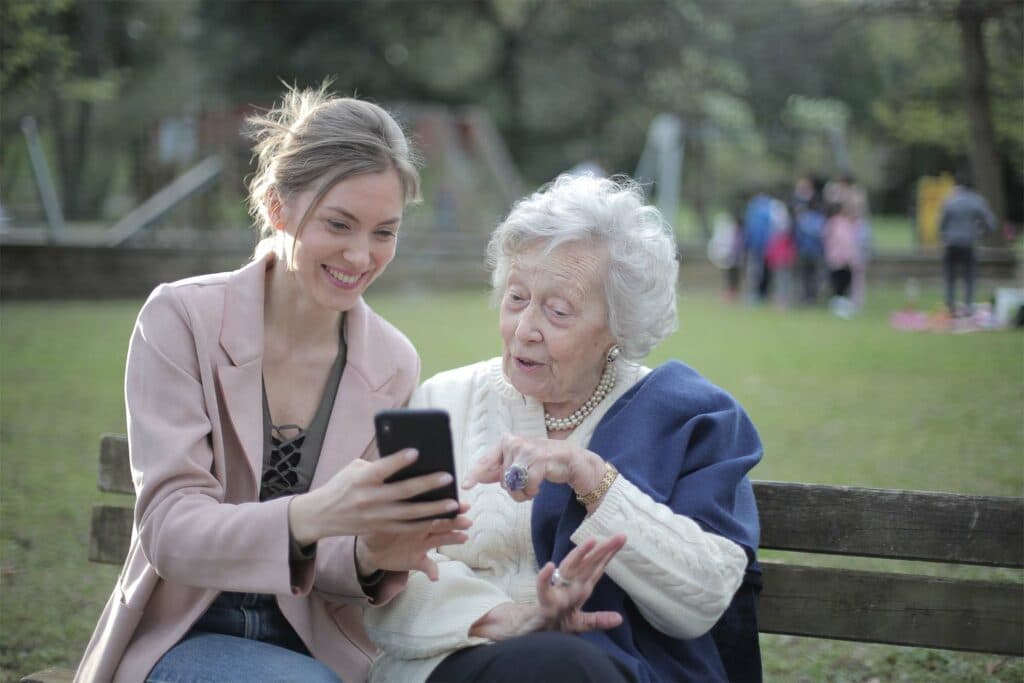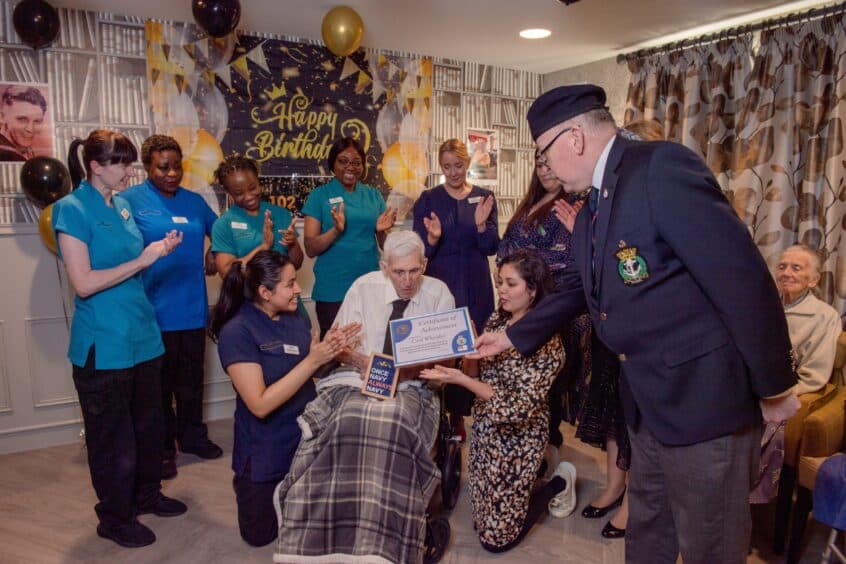How Care Home Technology is Revolutionising Care for Older Adults

In care homes, ensuring that residents receive the best care possible involves more than just compassion and hard work—technology now plays a critical role in elevating care standards. Care homes are collaborating with organisations on a national and regional level to implement these technologies. With digital technology, care providers can enhance communication, streamline care planning, and improve the overall well-being of older adults. As the needs of older residents become more complex, adopting the right tools can make a world of difference in providing efficient, personalised, and safe care. Let’s take a closer look at some key technologies that are transforming care in a care home setting.
Benefits of Technology in Care Homes
The integration of care home technology has numerous benefits for residents, staff, and care providers. One of the primary advantages is the improvement in the quality of care provided. Digital care management systems, such as Nourish, enable care staff to create personalised care plans, record vital information, and access real-time data. This leads to more accurate and efficient care delivery, ultimately enhancing the overall well-being of residents.
Another significant benefit is the increased efficiency and productivity of care staff. Technology, such as online visitor booking systems and task management platforms, streamlines administrative tasks, freeing up staff to focus on providing high-quality care.
By using these useful technologies, care homes can ensure that residents receive the best possible care. Technology in care homes improves the quality of care and enhances the overall experience for residents, making sure they live in a peaceful and homely environment.
PainChek Pain Assessment Tool
Pain management is a cornerstone of elderly care, particularly for residents who may have difficulty expressing their discomfort, such as those living with dementia. PainChek is an innovative tool that addresses this challenge by using artificial intelligence (AI) and facial recognition to assess pain levels in residents who struggle to communicate verbally. This is especially beneficial in detecting pain in those with cognitive impairments like dementia or speech difficulties.
PainChek analyses a resident’s facial expressions in real time, focusing on specific muscle movements that may indicate pain. The tool assigns a pain score based on these observations, allowing caregivers to act immediately. It doesn’t replace a carer's intuition or the National Early Warning Score (NEWS) part of checking a patient's vital signs but serves as an additional layer of insight, ensuring no signs of discomfort are overlooked.
Implementing PainChek in a care home setting improves pain detection and ensures a faster response to a resident's needs. Care teams can use this tool to monitor the effectiveness of pain relief interventions, allowing for better adjustments to care plans and helping improve resident's health and comfort.
Nourish
Managing the individual needs of every resident in a care home can be a daunting task, especially with paper-based records that can be cumbersome to manage and prone to human error. Nourish, a digital care management system, helps overcome these challenges by offering a real-time solution for documenting and tracking all aspects of care.
Nourish allows care staff to log activities and updates directly into the system, ensuring that every team member has up-to-date information on each resident. Whether it’s changes in medication, dietary preferences, or mobility assistance, these details are easily accessible and editable, streamlining communication across the care team.
Digital management systems like Nourish enhance governance and quality control processes by facilitating data extraction, real-time incident alerts, and comprehensive reporting. The proxy access system also allows staff to manage prescriptions and track medications online, enhancing medication management.
One of the standout features of Nourish is the ability to personalise care plans. Each resident has unique needs and preferences, and Nourish ensures that these details are integrated into the care process. Whether a resident prefers certain morning routines or requires specific dietary adjustments, staff can easily track and update these personalised elements in real time.
Nourish makes sure care homes are in compliance by making it easier to meet regulatory requirements, as all records are securely stored and easily accessible during inspections. This also gives families peace of mind, knowing that their loved ones’ care is managed efficiently and transparently.



Electronic Medication Administration Records (eMAR)
Medication management is a critical aspect of elderly care, particularly as older adults often require multiple prescriptions to manage various health conditions. Errors in administering medication can have serious consequences, which is why Electronic Medication Administration Records (eMAR) systems are becoming increasingly popular in care homes.
eMAR systems provide an electronic platform for tracking, managing, and documenting medication schedules. This reduces the risk of human error and ensures that medications are administered on time and at the correct dosage. eMAR systems can send reminders to staff and generate alerts if a dosage is missed or if there are potential drug interactions.
By using eMAR, care homes can improve medication safety and ensure that residents receive the right treatment at the right time. The system also helps in monitoring the effects of medications, allowing for quicker adjustments based on a resident's changing health status.
Telemedicine
Access to specialised healthcare services can sometimes be a challenge in care homes, especially if residents have mobility issues or if specialists are located far away. Telemedicine offers a practical solution by allowing residents to consult with healthcare professionals remotely. Through video consultations, care home staff can collaborate with doctors and specialists, ensuring that residents receive expert advice without the need to travel.
The integration of GPS technology facilitates online meetings between GPs and social workers, streamlining care delivery and allowing healthcare professionals to focus more on patient needs while minimising travel time. Telemedicine can be particularly useful for routine check-ups, consultations on chronic conditions, and follow-up appointments. It reduces the stress and discomfort for residents associated with leaving the home for appointments and ensures that care teams can act on medical advice quickly. Telemedicine can also lead to faster diagnoses and treatment, helping to manage conditions more effectively and prevent hospital admissions.
Falls Detection Systems
Falls are a major concern in care homes, particularly for older adults who may have limited mobility or balance issues. Falls detection systems are designed to monitor residents and alert staff if a fall occurs. These systems typically use wearable devices or sensors placed in rooms to detect sudden movements or impact that indicates a fall.
Falls detection technology reduces the response time in an emergency, ensuring that staff can attend to residents immediately, reducing the risk of serious injury. Some advanced systems even predict falls by analysing changes in movement patterns, allowing caregivers to intervene before an accident happens. Incorporating this technology into daily care routines provides peace of mind for both staff and families, knowing that there is a safety net in place for residents who may be prone to falls.
Dementia Care Tools
For residents living with dementia, maintaining cognitive function and quality of life is a priority. Digital dementia care tools are increasingly being used to support cognitive stimulation and memory care. These tools offer activities and programmes designed to engage residents in meaningful, stimulating activities that improve cognitive health and well-being.
Some tools provide reminiscence therapy, where residents are encouraged to interact with personalised content such as family photos, music, and historical events, triggering memories and sparking conversations. Other tools may focus on brain training exercises, which are designed to maintain cognitive functions like memory, attention, and problem-solving.
The use of dementia care tools in a care home setting can enhance the overall well-being of residents, offering moments of joy, recognition, and mental stimulation, while helping to slow cognitive decline.
The Impact of Technology on Care Staff
Technology has a significant impact on care staff, both positively and negatively. On the positive side, technology can streamline administrative tasks, freeing up staff to focus on providing high-quality care. Digital care management systems, such as Nourish, can also provide care staff with real-time data and insights, enabling them to make informed decisions and provide more effective care.
Care homes are continuously providing comprehensive training and support for care staff, ensuring they have the skills and confidence to effectively use technology. By doing this, care providers can harness the benefits of technology while maintaining the high-quality, person-centred care that residents deserve.
Technology at Woodlands Care Home
At Woodlands Care Home, we are committed to providing the highest standard of care by integrating advanced technology such as PainChek and Nourish into our daily routines. These tools allow us to offer more personalised, efficient, and safe care to our residents, ensuring their well-being is always our top priority.
If you’d like to learn more about how we use technology to enhance our care, we invite you to book a tour of Woodlands and see firsthand how our approach to care can make a difference.





